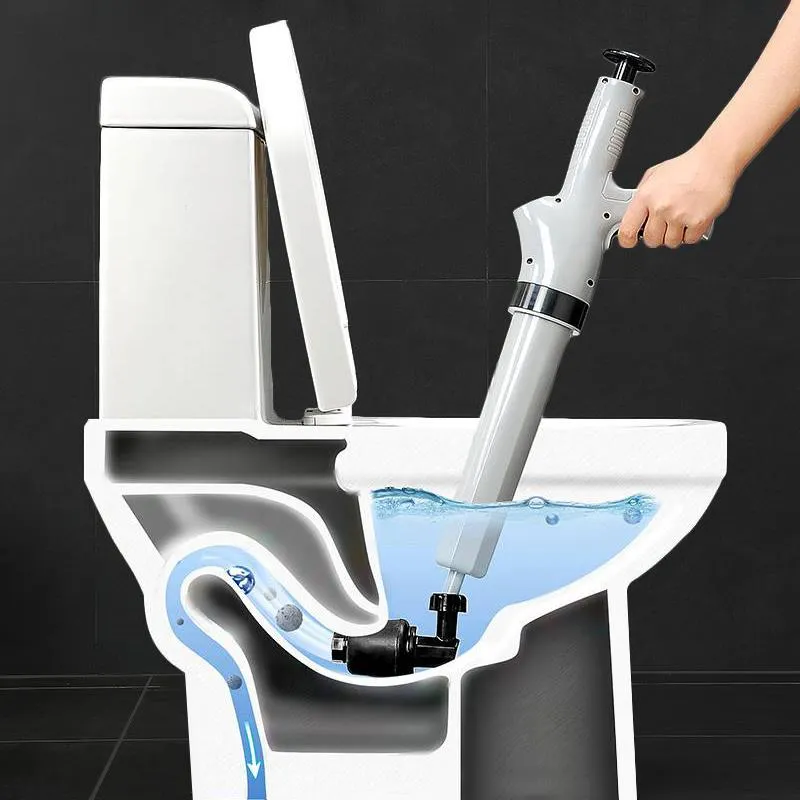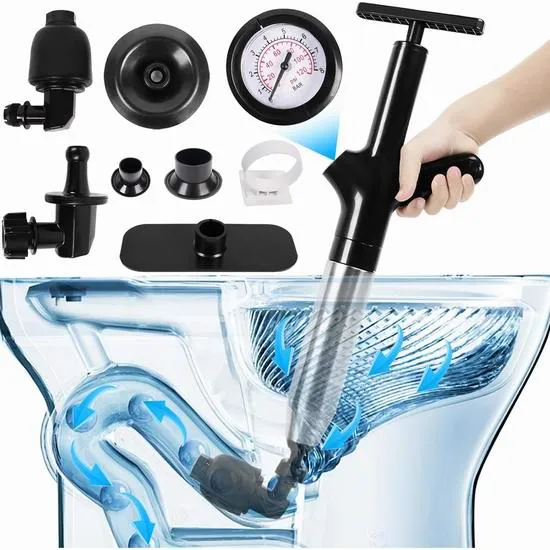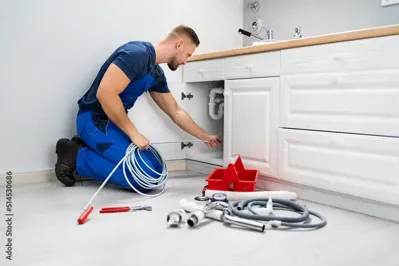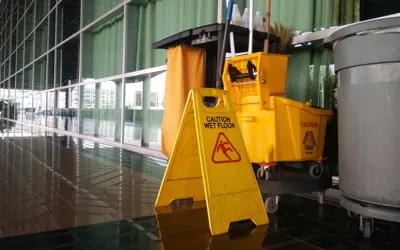Toilet plunger: a must-have cleaning tool for the family
The toilet is one of the essential facilities in our daily life, but it also often faces the problem of blockage. Toilet blockage may be caused by many reasons, such as too much paper towels, foreign objects falling into the toilet, aging of pipes or grease accumulation. In order to avoid frequent troubles, toilet plungers, as a simple and effective tool, have become a must-have for many families.

What is a toilet plunger?
A toilet plunger (also called a toilet plunger) is a tool specifically used to unclog toilets. It usually consists of a rubber head, a connecting rod and a handle. The rubber head part is placed in the toilet drain. By manually pushing, pulling or rotating, pressure or suction is generated, thereby effectively unclogging the blockage.
Common types of toilet plungers
There are many different types of toilet plungers on the market, which are mainly divided into the following types:

Manual toilet plunger: This is the most common type, cheap and easy to operate. When using it, you need to push or pull the handle repeatedly with force to generate pressure to unclog the blockage.
Pneumatic plunger: This plunger uses the principle of compressed air to quickly generate strong air pressure to quickly clear toilet blockages. It is generally more efficient than traditional manual plungers.
Hydraulic toilet plunger: It uses water pressure to clear blockages. It is usually suitable for more serious blockages and can effectively avoid direct contact with dirty water.
Snake plunger: This tool has a thin steel wire that can penetrate deep into the pipe. When rotating, it can effectively break more stubborn blockages and is suitable for more complex blockage problems.
How to use a toilet plunger?
When using a toilet plunger, you can usually follow the following steps:
Choose the right plunger: Choose the right plunger according to the severity and type of blockage.
Preparation: Wear gloves to prevent direct contact with dirty water. Insert the rubber head of the plunger into the toilet drain.
Operating the plunger: If it is a manual plunger, start pushing and pulling the handle hard. If it is a pneumatic or hydraulic plunger, follow the instructions.
Check the dredging effect: After dredging, flush the toilet to check whether it is unblocked. If the blockage still exists, you may need more professional tools or ask professionals to deal with it.
Common causes of blockage
Understanding the cause of blockage can help us better prevent and deal with toilet blockage. Common causes of blockage include:
Too much toilet paper: Using too much paper towels at a time can easily clog the toilet, especially paper towels are not easy to dissolve.
Foreign objects falling into the toilet: Children's toys, feminine hygiene products or other items that are not suitable for entering the toilet may cause blockage.
Aging pipes: Old pipes may cause poor water flow and may cause blockage over time.
Grease accumulation: If grease or other sticky substances are flushed into the toilet for a long time, the inner wall of the pipe may be blocked.
How to prevent toilet blockage?
The key to preventing toilet blockage lies in the precautions for daily use. The following points can help reduce the probability of toilet blockage:
Do not flush non-toilet paper items into the toilet.
Use toilet paper in moderation and avoid using too much at a time.
Check the toilet pipes regularly to clean grease and debris.
Use a toilet plunger regularly for preventive cleaning, especially if there are children or elderly people at home.
FAQs
Can a toilet plunger solve all blockage problems? Not necessarily. If the blockage is severe or the problem is deep in the pipe, you may need to ask a professional plumber to handle it.
Will a toilet plunger damage the toilet? If operated properly, it generally will not damage the toilet. However, using excessive force or inappropriate tools may cause damage to the toilet.
How to clean the plunger? After use, remember to clean the rubber head and handle of the plunger to avoid dirt residue. It is best to rinse with clean water and disinfect it before storing.
Featured Articles
 How to prevent sewer blockage? Listen to the advice of professional cleaners!A clogged sewer line is a homeowner's nightmare, leading to unpleasant odors, slow drains, and even sewage backups. But fear not! This comprehensive guide will equip you with the knowledge to choose the right sewer cleaner and keep your pipes flowing freely.
How to prevent sewer blockage? Listen to the advice of professional cleaners!A clogged sewer line is a homeowner's nightmare, leading to unpleasant odors, slow drains, and even sewage backups. But fear not! This comprehensive guide will equip you with the knowledge to choose the right sewer cleaner and keep your pipes flowing freely. Surge in Demand for Cleaning Services: Rapid Industry GrowthCleaning services are experiencing an unprecedented surge in demand, driven by a variety of factors, including heightened awareness of cleanliness and hygiene due to global health concerns. From residential cleaning to commercial spaces, more people are recognizing the importance of professional cleaning services to maintain a clean and sanitized environment. This growing demand has created numerous job opportunities in the cleaning sector, making it an increasingly attractive career choice for many.
Surge in Demand for Cleaning Services: Rapid Industry GrowthCleaning services are experiencing an unprecedented surge in demand, driven by a variety of factors, including heightened awareness of cleanliness and hygiene due to global health concerns. From residential cleaning to commercial spaces, more people are recognizing the importance of professional cleaning services to maintain a clean and sanitized environment. This growing demand has created numerous job opportunities in the cleaning sector, making it an increasingly attractive career choice for many. How to Secure a Cleaning Job: A Practical GuideCleaning jobs offer dependable employment with flexible schedules and growth opportunities. Whether you’re interested in residential cleaning, commercial maintenance, or specialized services, this sector offers diverse roles for all skill levels. This guide will walk you through understanding cleaning jobs, their requirements, effective job search strategies, and helpful resources to get started.
How to Secure a Cleaning Job: A Practical GuideCleaning jobs offer dependable employment with flexible schedules and growth opportunities. Whether you’re interested in residential cleaning, commercial maintenance, or specialized services, this sector offers diverse roles for all skill levels. This guide will walk you through understanding cleaning jobs, their requirements, effective job search strategies, and helpful resources to get started.